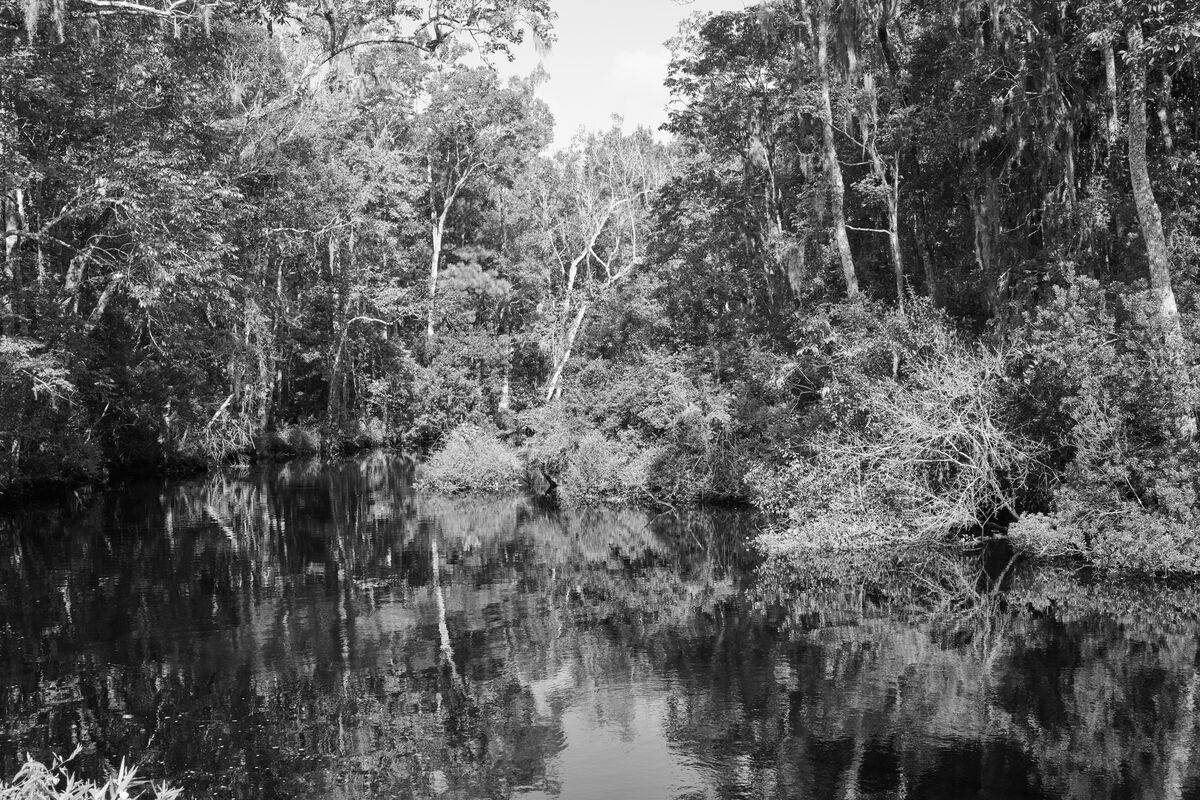Color vs Monochrome vs IR Monochrome
Aug 7, 2023 12:13:18 #
These images show why I had the Bayer array removed from my A& II.
All raw files were converted with Monochrome2DNG (to avoid demosaicing) and minimally processed in Capture One.
It was 85°F this morning so the heat would affect the IR radiation coming from the scene.
All raw files were converted with Monochrome2DNG (to avoid demosaicing) and minimally processed in Capture One.
It was 85°F this morning so the heat would affect the IR radiation coming from the scene.
Color image from the iPhone - nice enough but the colors are mundane
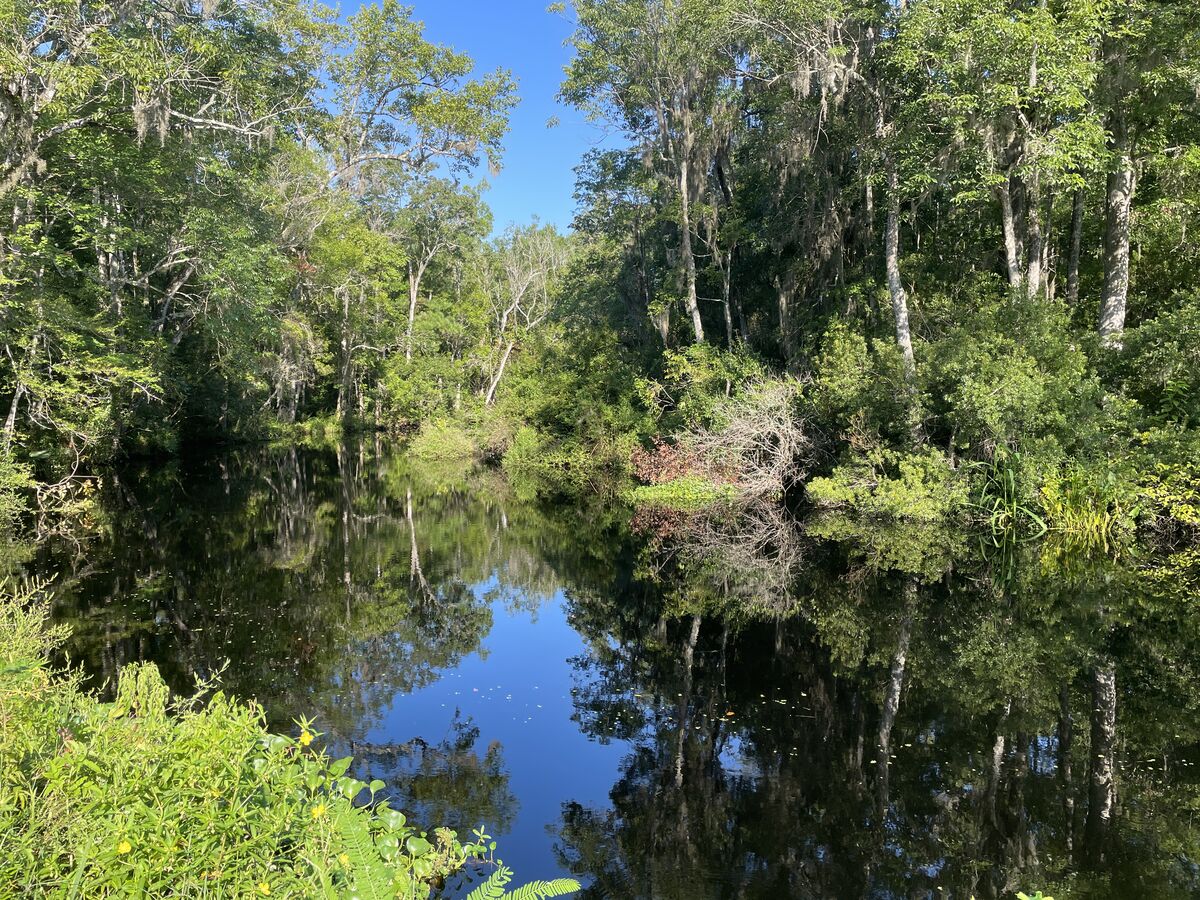
(Download)
Monochrome with an orange filter and a cut filter to keep the image within the visible range (about 400-700nm)
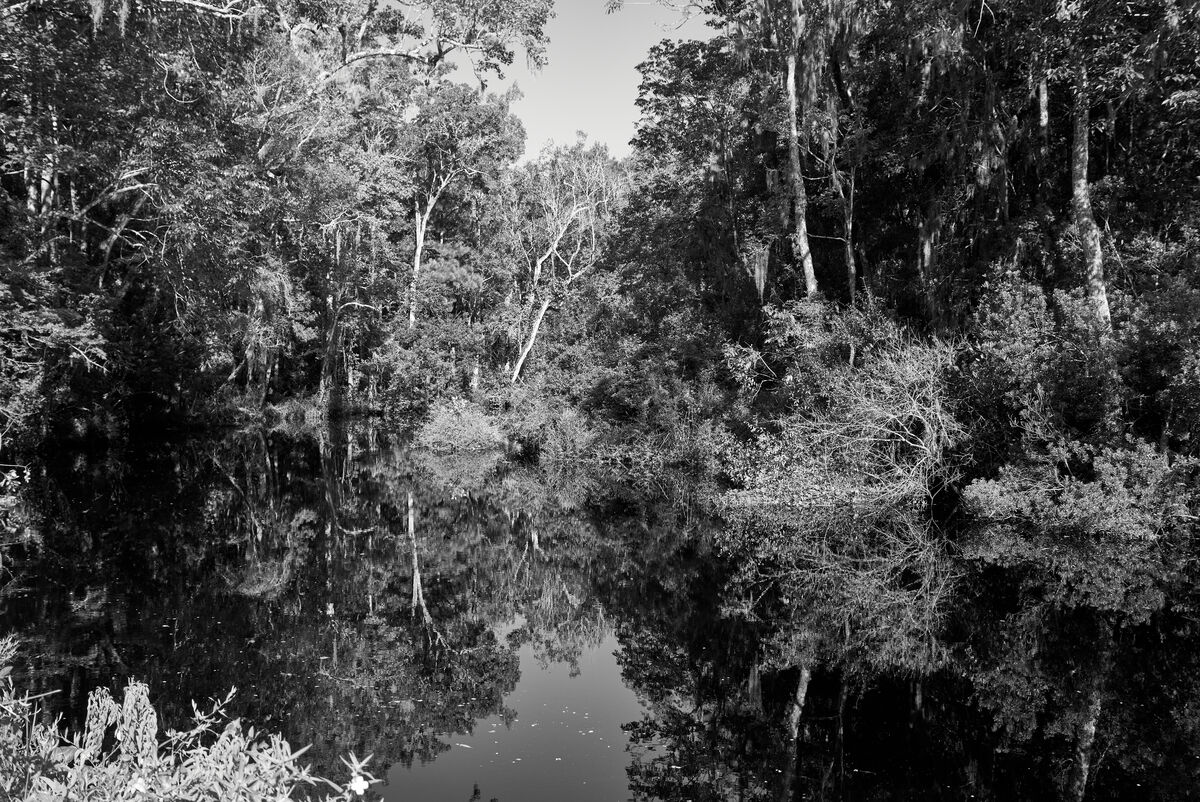
(Download)
Same scene without the cut filter to include IR light above the visible range (700nm+)
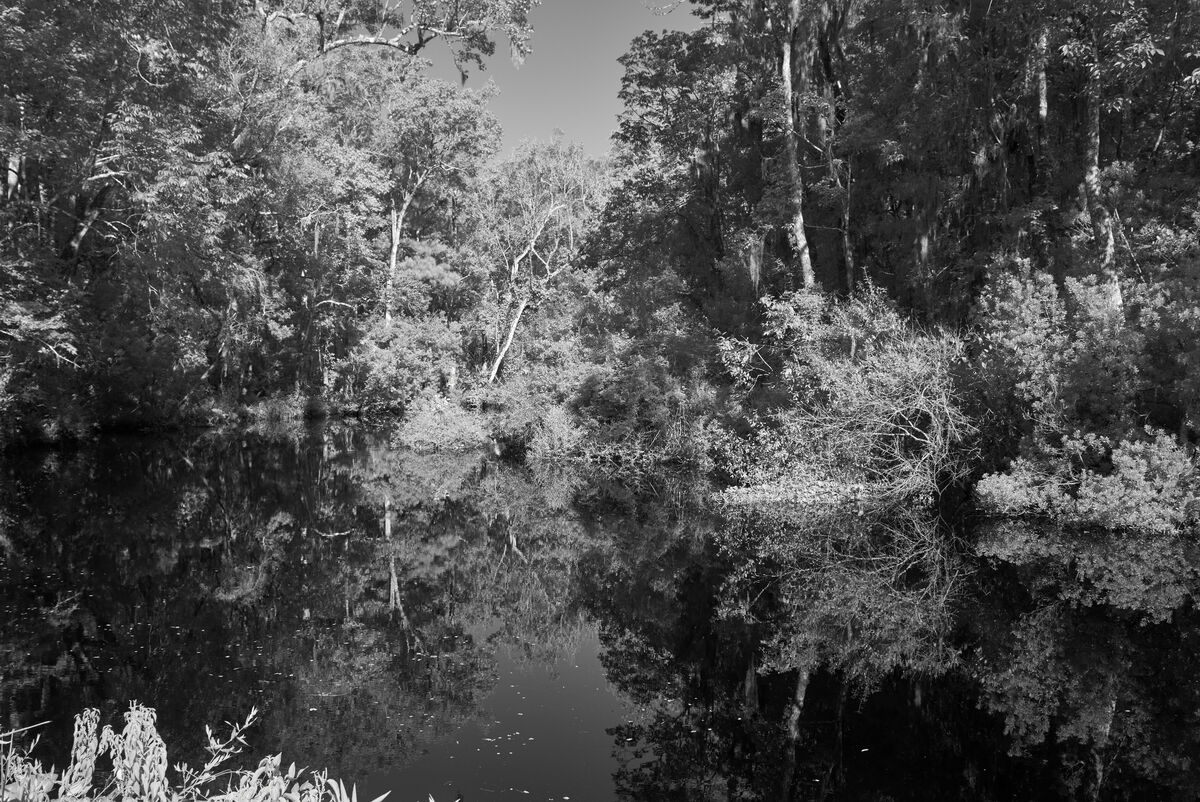
(Download)
Nearby to show something a little more interesting from the IR light
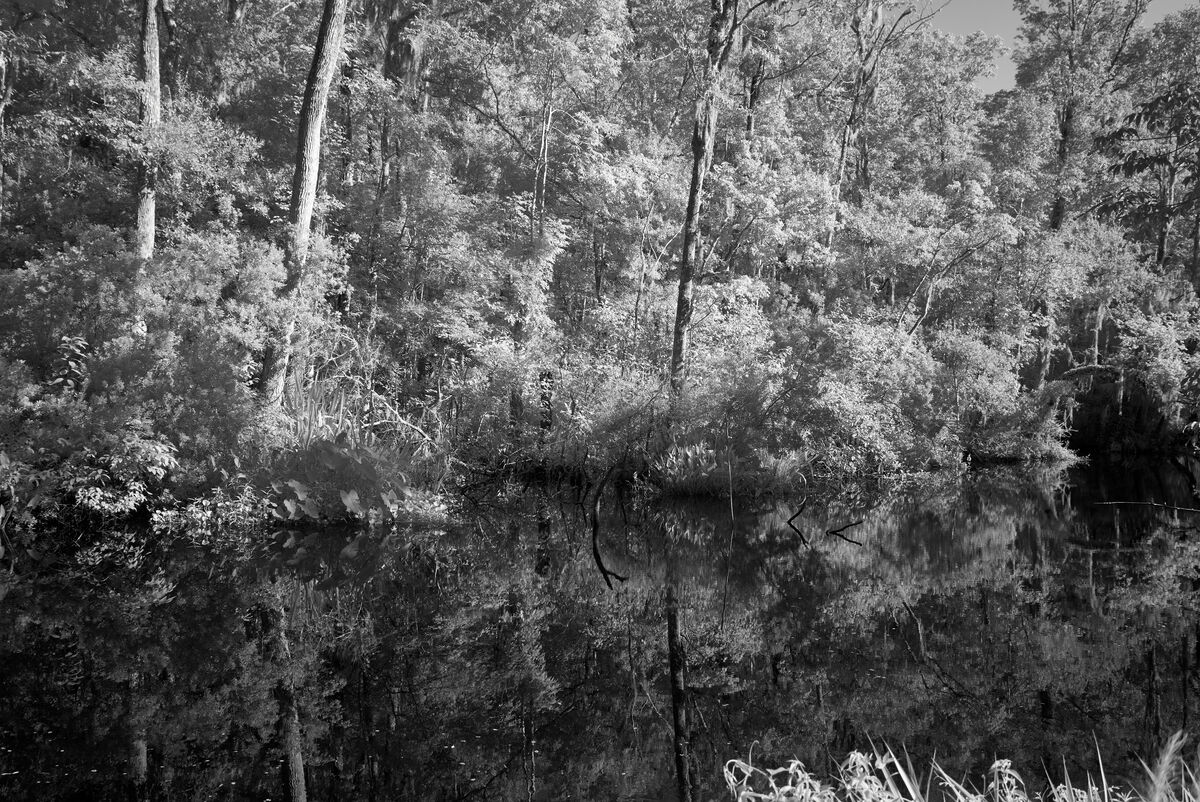
(Download)
Aug 7, 2023 16:49:04 #
jscorbin
Loc: Woodinville, WA
selmslie wrote:
. . .
It was 85°F this morning so the heat would affect the IR radiation coming from the scene.
It was 85°F this morning so the heat would affect the IR radiation coming from the scene.
Heat radiation is the range of long-infrared wavelengths, about 8,000 - 15,000 nanometers. Digital camera sensors are sensitive in the near-infrared, about 750 - 1400 nm. (Actually, different CMOS chips can go out to 1000 to 1100 nm, where the sensitivity falls to 0%.) Heat is not recorded by a digital camera; you would need a thermal imaging device for that. If you see the air shimmering over a hot road, that is not heat radiation, it is just different density air currents bending the light.
In any case, those are very nice photos, and interesting to compare. It is amazing that plants reflect IR so much more than they reflect visible light.
Aug 7, 2023 17:38:27 #
jscorbin wrote:
Heat radiation is the range of long-infrared wavel... (show quote)
Digital camera sensors cannot record beyond near-infrared. The limitation is limited by the the sensitivity of the silicone material from which they are made. The graph below indicates that the response drops to about 0 by the time it reaches about 1000nm.
The IR coming from plants is not all reflected. I have read that they reflect and absorb energy at many wavelengths (for photosynthesis) and then return it back at different wavelengths which include the IR range. There is a word for that which slips my mind.
In any case, what we see in an IR image is something we can't naturally observe with our own eyes.
I'm more interested in how the light within the visible range gets recorded on a monochrome sensor without passing through a color filter array that requires demosaicing and degrades the sharpness of the image.
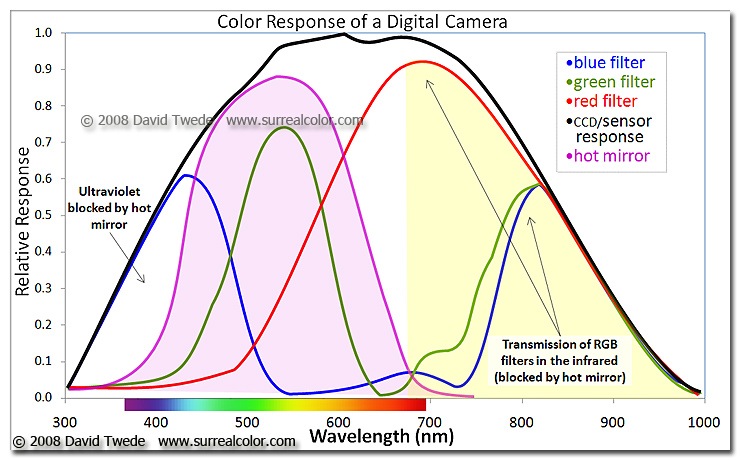
Aug 8, 2023 11:08:57 #
selmslie wrote:
Monochrome with an orange filter and a cut filter to keep the image within the visible range (about 400-700nm)
That's the second image in the original post taken with the Sony 35mm f/2.8 lens at f/5.6.
Here is the same scene taken in color with the Z7 and converted to B&W in Capture One. The image below was exported at 4000x6000 pixels to match the 24MP A7 II.
Despite having used f/5.6 for the Sony lens, it looks very different from the f/11 image on the Z7.
I see no reason to go beyond 24MP with a monochrome conversion.
If you want to reply, then register here. Registration is free and your account is created instantly, so you can post right away.

